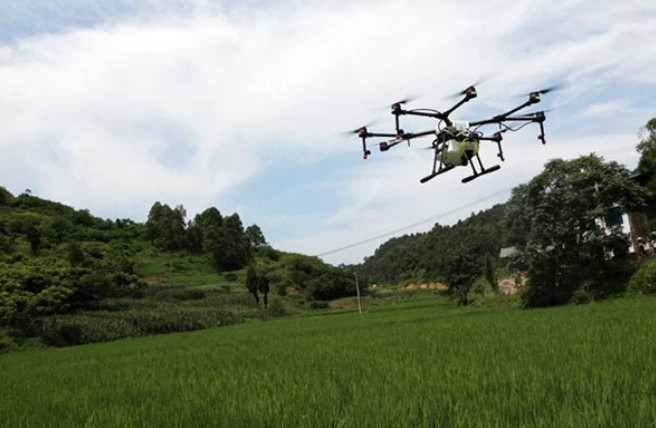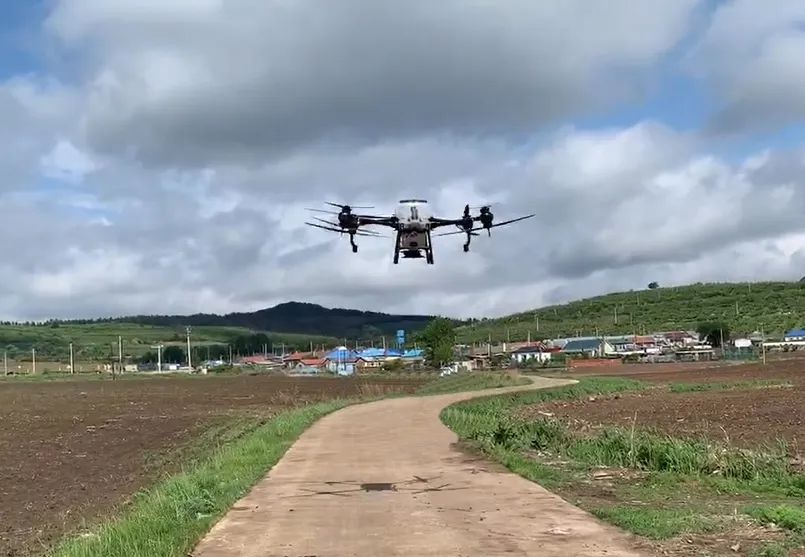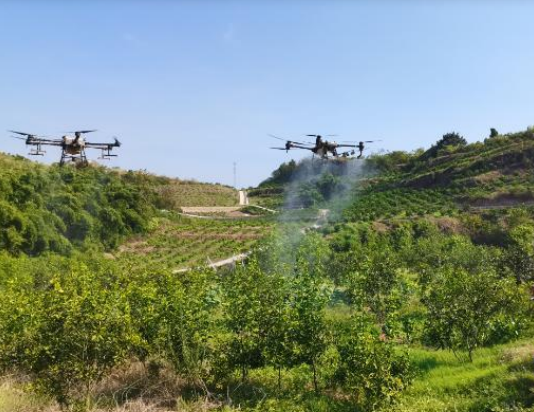


In order to investigate the technical level of agricultural drones in southern Xinjiang and learn more about the use of drones, from July 1st to August 23rd, the “Zhifei” drone technology service group of Tarim University visited Alar City and The use of drones by more than 500 southern Xinjiang growers in Ayikule Town, Aksu Prefecture, and related activities such as agricultural drone use guidance and drone knowledge popularization were carried out in combination with the actual situation.
After a detailed visit and investigation, the team found that the overall level of agricultural mechanization in Aral City and Aksu region has increased year by year, and the frequency of drone use has increased significantly. From only a few households using drones for agricultural production in 2019 to nearly half of the farmers using drones for field operations in 2022, in just a few years, the use of drones for agricultural production has grown in southern Xinjiang. households quickly spread.
There are two main reasons for the increase in the use of agricultural drones for farmland operations. The first point is that the southern Xinjiang region is vast and sparsely populated, and the temperature difference between day and night is large. The use of manual farming is generally inefficient and time-consuming, and the use of plant protection is unmanned. The machine sprays pesticides for farmers, which not only reduces the labor intensity of farmers, but also improves the efficiency of pest control. At the same time, the spraying method adopted by drone technology can save at least 50% of pesticide use and 90% of water consumption, which greatly reduces resource costs and saves very precious water resources in southern Xinjiang.
In addition, the popularity of agricultural drones is inseparable from the strong support of the government. The growers interviewed by the team members said: “Thanks to the strong support of the state and the government. After the drones are available, it is now more and more convenient to spray medicines. The drones save time and effort. It used to take a long time for one mu of land. Now drones, just a few minutes.”
While visiting and investigating the use of drones, the team fully carried forward the spirit of Populus euphratica, went deep into the fields, and learned about the use of drones by farmers in southern Xinjiang. Yue Xirong, a graduate student in the team who studies drone-related technologies, was the first to bear the brunt. After learning about the use of agricultural drones from farmers, he conducted in-depth discussions with the technicians who operated the drones, and asked about the process of using the drones. related technical problems.
Time flies like a white horse. In a blink of an eye, the more than one month “Three Going to the Countryside” summer social practice activities came to an end. Through this activity, the team went deep into the grass-roots front line, communicated with agricultural drone users at zero distance, understood what they needed and thought, and solved their practical problems, which not only exercised the social practice ability of team members, but also promoted agricultural drones related. Scientific and technological knowledge allows more farmers to understand the advantages of using drones for field operations in southern Xinjiang, which has played a role in improving the production efficiency of agricultural drones, popularizing drone knowledge and the healthy development of the agricultural drone industry. positive effect

No reply content